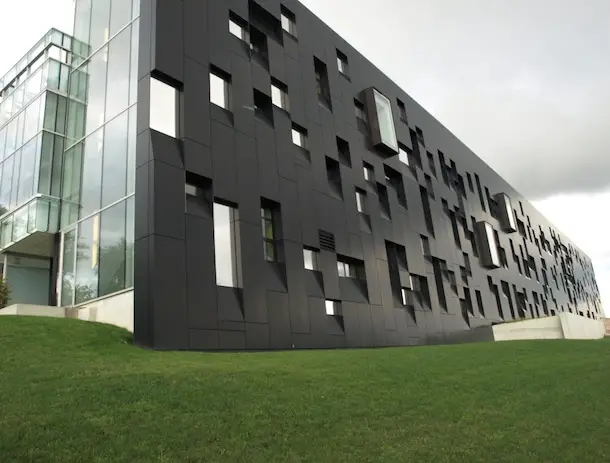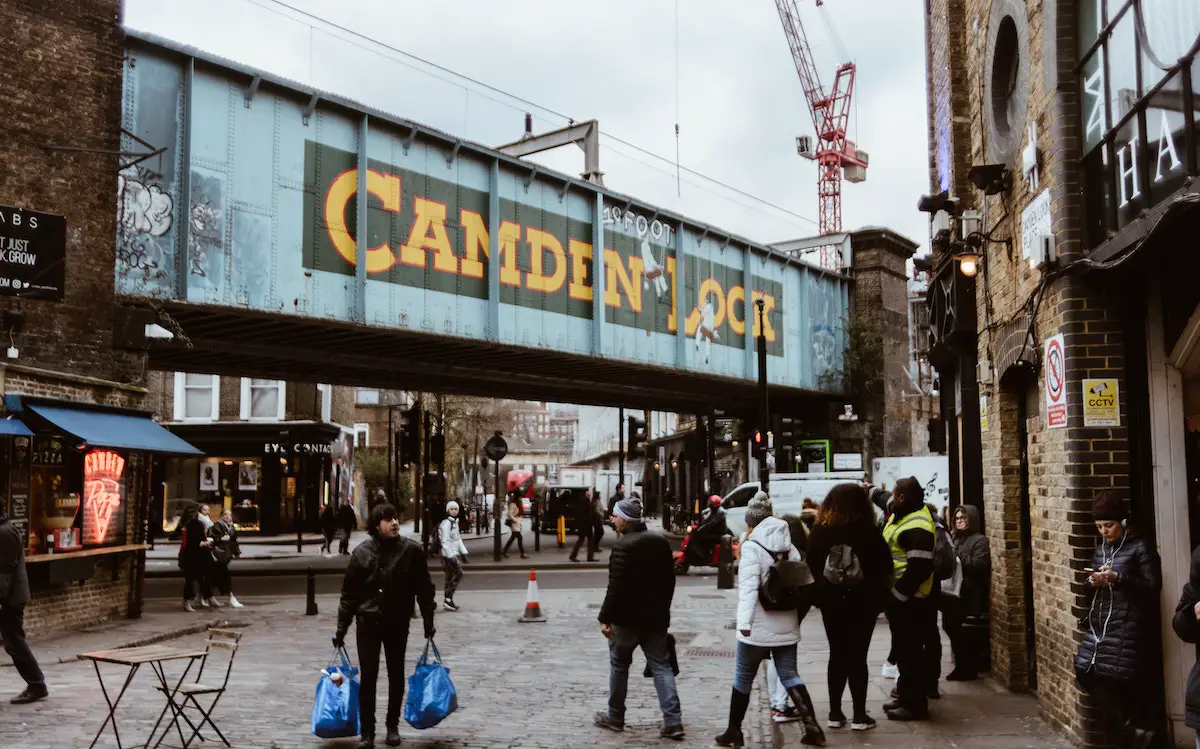Warsaw is Poland’s biggest city and the ninth biggest in Europe. With its violent history now something of the past, the city has been able to refocus, positioning itself as a metropolitan hub linking west and east Europe. One by-product of this goal is the University of Warsaw’s library – a building with a green roof so impressive it is essentially a captivating urban park on top of a building.

The green roof is approached through a small, ground-level park. One set of narrow steps lead up to the green roof, presenting some architectural clues in the distance as to what is waiting.

Water from the rooftop is channeled down, reaching a small pond on its destination which provides both visual variety and a habitat for local wildlife.

Tree-lined avenues guide visitors through the green roof in the appropriate direction, offering framed views of the surrounding green space as they go.

Varied plant life make this green roof more interesting for visitors and a more valuable ecological resource. Numerous viewpoints are dotted throughout, providing excellent views of Warsaw’s sights. The city’s new football stadium is visible in the distance, with an arched bridge leading to a viewing platform.

The green roof is well-maintained, and is dotted with visual reminders that you are in fact on a roof, not in a traditional park.

Framed by two tree-lined walkways, this dome offers a nice architectural touch to the green roof’s design, with a protruding skylight reminding you that activity is ongoing beneath the space. Large open spaces, varied plant life, and well-maintained walkways mean you could be forgiven for thinking you are in a traditional urban park.

Whilst the space is owned by the University of Warsaw, it is open to the public. In fact, local residents and tourists are more likely to frequent it than the students of Warsaw’s university working hard beneath.

Architectural inconveniences are overcome by bridges, offering a broader view of both the green roof and the wider city as you reach their summit.

Architectural design features do an excellent job of reminding you that this green space is part of a building. These sloped grids visually connect the park below with green roof up above, and when covered in ivy – as they are eventually intended to be – will serve that purpose even more efficiently.
Twenty-two years after Poland abandoned communism, Warsaw has been able to grow into a culturally vibrant city. Projects like the University of Warsaw’s library show that Poland can innovate with world-leading examples of sustainability, despite being relatively new to the game.


